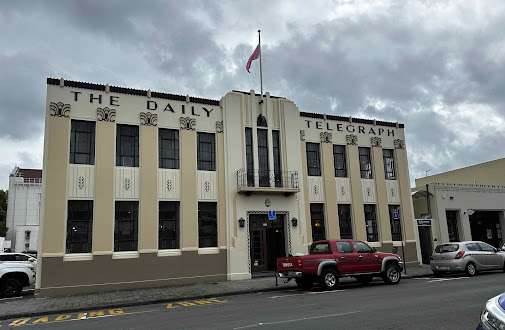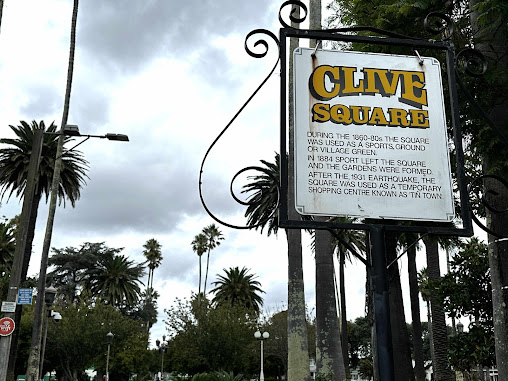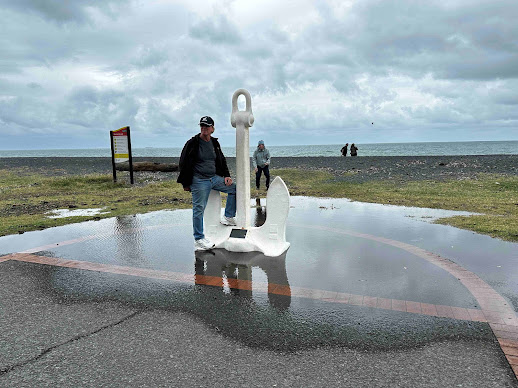In the 1960's we would stay at Rosnel Guesthouse for the weekend. We would hire bikes and go on long bike rides. Rosnel is now a Special Care Accommodation Hostel.
Bundanoon became popular after the railway to Goulburn was established in 1868 and Sydney siders could take the train for some country hospitality and fresh air. It was and is still, a place of tea rooms (as opposed to cafes) and guesthouses. At the peak of Bundanoon's tourist season over the years, there were in excess of 60 guesthouses.
In 1818 the area was explored by Charles Throsby while he was searching for a road south to Jervis Bay. This was the first mention of "Bantanoon", perhaps Throsby's Aboriginal guide knew the area. Bantanoon means place of deep gullies. The first European settlement was nearby at Sutton Forest in 1838 with land at Bundanoon opened after 1861.
Bundanoon has had many different names since European settlement in 1838 - South Lambton, Barren Grounds, Jumping Rock and Jordan's Crossing. The area was mostly farms and orchards until the train came. The tiny village began to grow. Coal, timber and sandstone were in plentiful supply to build houses.
1867 - Erith Coal Mine established - remains can be seen in the National Park. Gambells Rest Campground is in the National Park. We were going to stay there but all the sites were taken. Morton National Park has many bush walking tracks, two coal mines to explore, lookouts and the beauty of nature.
1868 - railway came to Bundanoon. One of the foremen working on the track, Samuel Tooth, liked the area so much that he went back to Sydney and moved his entire family to the area. He established Morvern Valley Farmstay, and being one of the first settlers helped to build the village, including the school and church, close to his farmstay. His legacy can be seen in the tourist attractions of Tooth's Folly, Tooth's Lookout, and Tooth's Walk.
1870 - Primitive Methodist Church established. This was also the first school.
1873 - first railway station built - now the history group meeting rooms.
1879 - Holy Trinity Anglican Church built, and rebuilt in 1905 after fire destroyed the original building.
1880 - new school built
1881 - village officially named Bundanoon
1884 - license granted for the 'Pill Factory' - located on Anzac Parade the building still has the 'pill factory' written on it. Early settler, W.A. Nicholas would manufacture 'Golden Cross' brand powders and potions. It has more recently been a guest house and a restaurant.
1885 - Primitive Methodist Church moved to what is now the Uniting Church.
1895 - St Bridget's Catholic Church built.
1890's - saw the development of a main street.
1900's - walking tracks were established to promote tourism to places in the National Park and beyond, such as the Glo Worm Caves, Fairy Bower and Echo Point
Bundanoon is famous for being the first town in the world to ban the sale of plastic water bottles in 2009.
So much to do in the area. Bundanoon History Society have a Heritage Trail with information boards, mostly around the railway area. We walked up the main street and back again, trying to find the tea rooms where I first had gem scones, and the bike shop where we would hire our bikes for the weekend. Couldn't find the tea rooms - and there are still so many - but did find the entrance of this shop looking like what I remembered of the old bike shop, but I don't remember stairs.
Continuing on walking and reading all the information signs of the history of Bundanoon and came across this, showing the bike shop.There it was, the bike shop, and it was the black shop we had just passed.
With no steps, only a ramp.
There are Glo Worm Caves close to Bundanoon and many cycling tracks.
Annual Events include:Markets every 1st and 3rd Sunday of the month
April - Bundanoon Highland Gathering
July - Winterfest Street Festival (having a break in 2025)
November - Folk Festival





























































